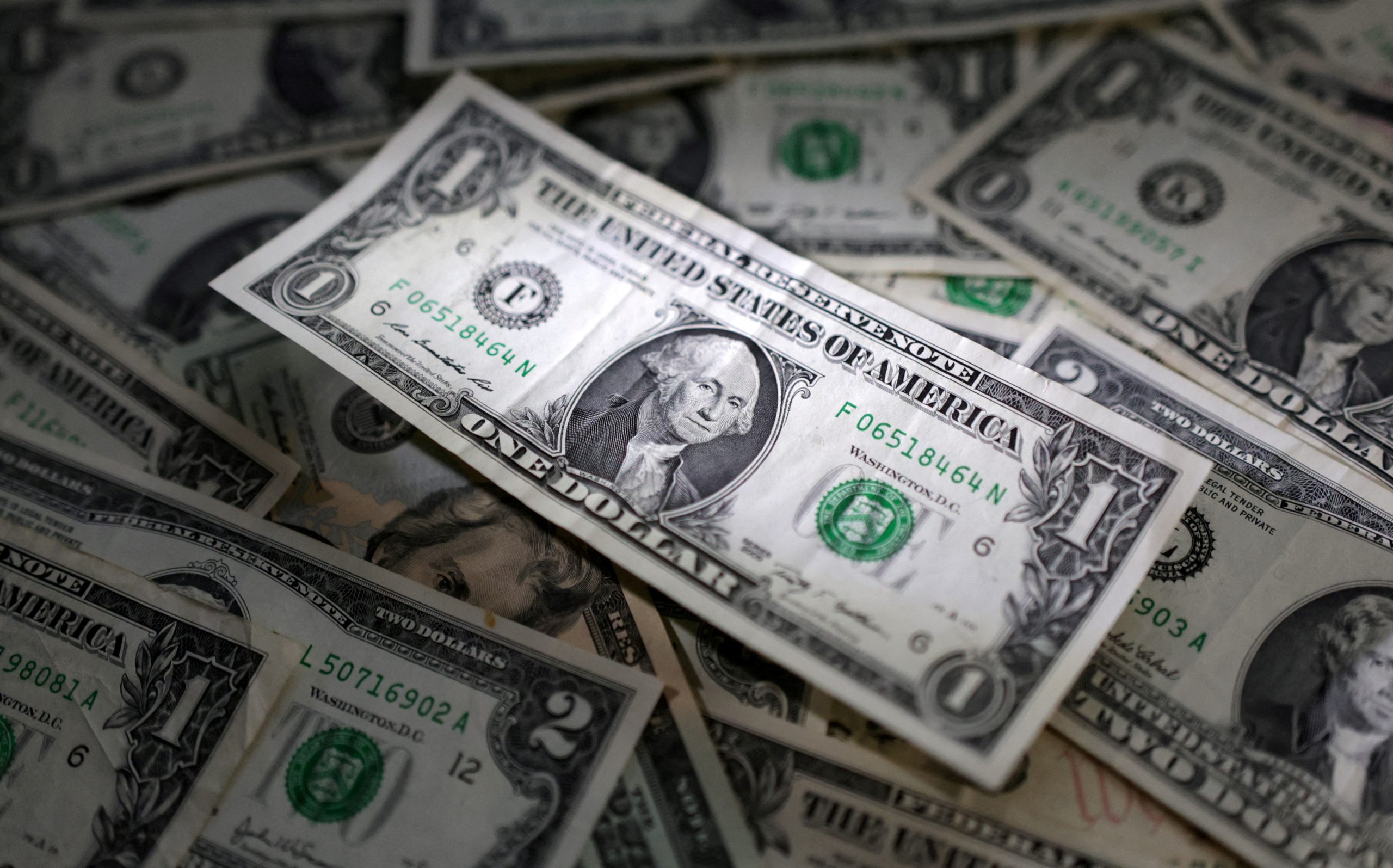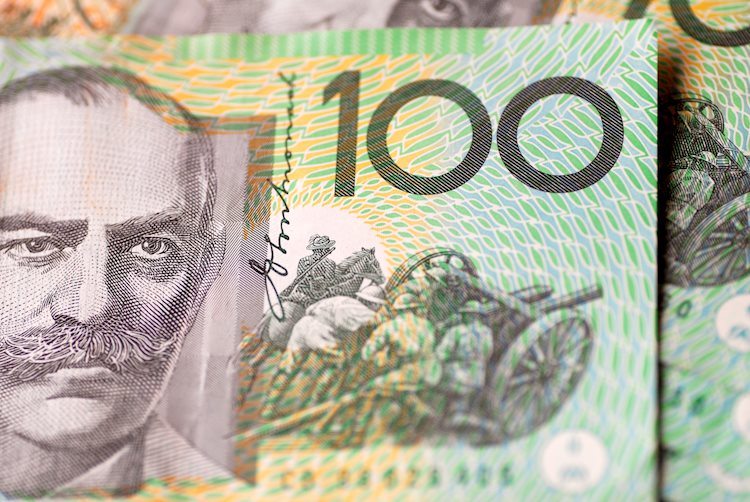The Australian Dollar (AUD) strengthened for the second consecutive day against the US Dollar (USD) on Thursday, buoyed by a decline in the USD. However, mixed Australian employment data tempered the AUD’s gains, exerting some downward pressure.
The ASX 200 Index’s upward momentum further propelled the Australian Dollar, supported by gains in mining stocks due to firmer metals prices. A Westpac report noted the Reserve Bank of Australia’s stance on rates, indicating a reluctance to raise them further but requiring more confidence in the inflation outlook before considering rate cuts.
The US Dollar Index (DXY) experienced losses driven by subdued US Treasury yields and a risk-on sentiment in the market. Additionally, US President Joe Biden’s call to triple tariffs on Chinese steel and aluminum added to the downward pressure on the USD.

Australian labor data showed mixed results with Employment Change at -6.6K against an expected 7.2K and an increase in the Unemployment Rate to 3.8% in March. Meanwhile, Federal Reserve officials addressed concerns over inflation exceeding expectations and the potential for monetary policy adjustments if labor market conditions deteriorate.
Technical analysis of the AUD/USD pair indicated a bearish sentiment with the 14-day Relative Strength Index (RSI) below 50. Key resistance was identified at the 23.6% Fibonacci retracement level around 0.6450, with support at 0.6400 and a major level at 0.6350.
In the currency market, the AUD showed strength against major currencies, notably the USD. The provided table illustrates the percentage change of the AUD against listed currencies, with the AUD being the strongest against the USD for the day, reflecting its overall positive performance.
| USD | EUR | GBP | CAD | AUD | JPY | NZD | CHF | |
| USD | -0.15% | -0.17% | -0.18% | -0.20% | -0.05% | -0.27% | -0.12% | |
| EUR | 0.16% | 0.00% | -0.01% | -0.05% | 0.12% | -0.10% | 0.01% | |
| GBP | 0.17% | 0.01% | -0.01% | -0.03% | 0.13% | -0.11% | 0.03% | |
| CAD | 0.18% | 0.03% | 0.01% | -0.02% | 0.13% | -0.09% | 0.04% | |
| AUD | 0.19% | 0.03% | 0.02% | 0.01% | 0.15% | -0.08% | 0.05% | |
| JPY | 0.05% | -0.12% | -0.13% | -0.16% | -0.15% | -0.22% | -0.10% | |
| NZD | 0.27% | 0.12% | 0.11% | 0.09% | 0.07% | 0.22% | 0.13% | |
| CHF | 0.15% | 0.00% | -0.03% | -0.05% | -0.07% | 0.11% | -0.14% |
The heat map displays how much the values of different currencies have changed compared to each other. You choose one currency from the left side and another from the top. Then, you look at the box where the row and column intersect to see the percentage change between those two currencies. For example, if you select the Euro from the left and the Japanese Yen from the top, the number in the box tells you how much the Euro’s value changed against the Yen.
